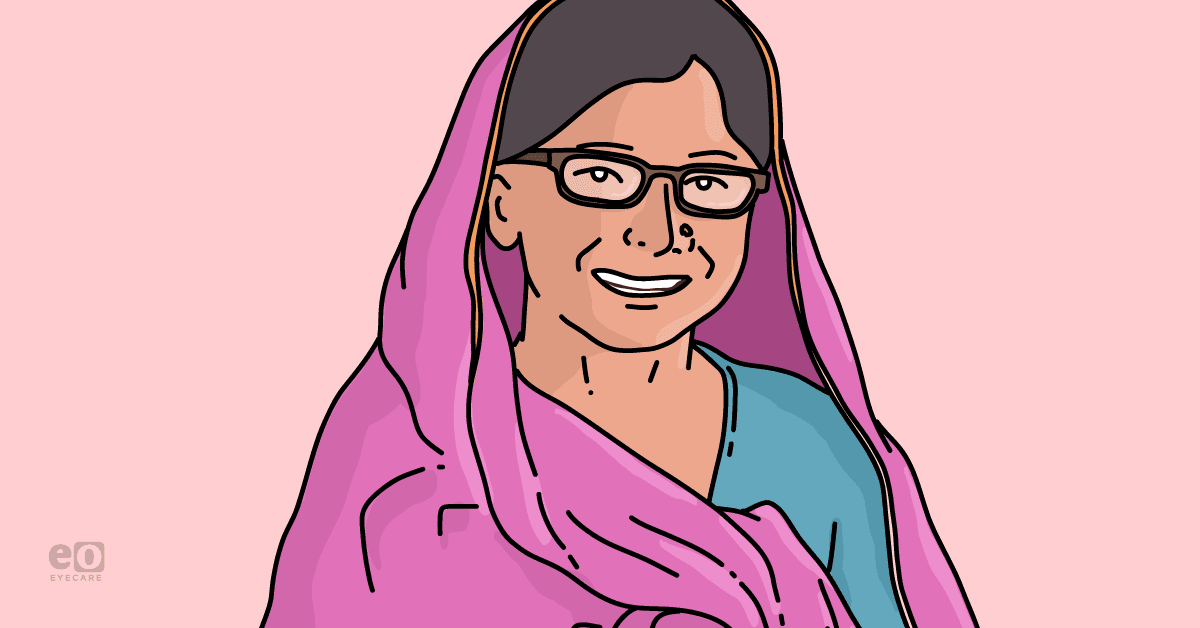Vision for All: Addressing Gender Disparities in Global Ophthalmic Healthcare
Deepen your knowledge of gender disparities in global ophthalmic healthcare, such as current barriers to accessing care and steps to address these inequalities.
- International Agency for the Prevention of Blindness. Inequality in Vision Loss - Gender. International Agency for the Prevention of Blindness. https://www.iapb.org/learn/vision-atlas/inequality-in-vision-loss/gender/.
- Goryunova E, Scribner RT, Madsen SR. The current status of women leaders worldwide. Madsen SR ed. Handbook of Research on Gender and Leadership. Edward Elgar Publishing; 2018:2-22.
- Pilyugina S. The gender health gap: do women have worse vision?. Assil Gaur Eye Institute of Los Angeles. Published November 29, 2022. https://assileye.com/blog/gender-eye-health-gap/#:~:text=According%20to%20the%20Royal%20National,men%20living%20with%20vision%20loss.
- Aninye IO, Digre K, Hartnett ME, et al. The roles of sex and gender in women’s eye health disparities in the United States. Biol Sex Differ. 2021;12(1):57. doi:10.1186/s13293-021-00401-3
- Elam AR, Tseng VL, Rodriguez TM, et al. Disparities in Vision Health and Eye Care. Ophthalmology. Oct 2022;129(10):e89-e113. doi:10.1016/j.ophtha.2022.07.010
- Ulldemolins AR, Lansingh VC, Valencia LG, et al. Social inequalities in blindness and visual impairment: a review of social determinants. Indian J Ophthalmol. Sep-Oct 2012;60(5):368-75. doi:10.4103/0301-4738.100529
- UN Women. No Woman Left Behind: Closing the Gender and Inclusion Gap in Eye Health. Published 2023. https://www.unwomen.org/en/digital-library/publications/2023/09/policy-brief-closing-the-gender-and-inclusion-gap-in-eye-health
- Korpole NR, Kurada P, Korpole MR. Gender Difference in Ocular Diseases, Risk Factors and Management with Specific Reference to Role of Sex Steroid Hormones. J Midlife Health. Jan-Mar 2022;13(1):20-25. doi:10.4103/jmh.jmh_28_22
- Vela C, Samson E, Zunzunegui MV, et al. Eye care utilization by older adults in low, middle, and high income countries. BMC Ophthalmol. Apr 3 2012;12:5. doi:10.1186/1471-2415-12-5
- Zhang X, Saaddine JB, Lee PP, et al. Eye care in the United States: do we deliver to high-risk people who can benefit most from it? Arch Ophthalmol. Mar 2007;125(3):411-8. doi:10.1001/archopht.125.3.411
- Puent BD, Klein BE, Klein R, Cruickshanks KJ, Nondahl DM. Factors related to vision care in an older adult cohort. Optom Vis Sci. Jul 2005;82(7):612-6. doi:10.1097/01.opx.0000171334.54708.89
- Vashist P, Talwar B, Gogoi M, et al. Prevalence of cataract in an older population in India: the India study of age-related eye disease. Ophthalmology. Feb 2011;118(2):272-8.e1-2. doi:10.1016/j.ophtha.2010.05.020
- Lyu IJ, Oh SY. Association between age at menarche and risk of myopia in the United States: NHANES 1999-2008. PLoS One. 2023;18(5):e0285359. doi:10.1371/journal.pone.0285359
- Diress M, Yeshaw Y, Bantihun M, et al. Refractive error and its associated factors among pregnant women attending antenatal care unit at the University of Gondar Comprehensive Specialized Hospital, Northwest Ethiopia. PLoS One. 2021;16(2):e0246174. doi:10.1371/journal.pone.0246174
- Hulsman CA, Westendorp IC, Ramrattan RS, et al. Is open-angle glaucoma associated with early menopause? The Rotterdam Study. Am J Epidemiol. Jul 15 2001;154(2):138-44. doi:10.1093/aje/154.2.138
- Sheikh SM, Loney T. Is Educating Girls the Best Investment for South Asia? Association Between Female Education and Fertility Choices in South Asia: A Systematic Review of the Literature. Front Public Health. 2018;6:172. doi:10.3389/fpubh.2018.00172
- Apthorpe M. Equality and eye health: is the gender gap closing?. CityAM. Published September 8, 2022. https://www.cityam.com/gender-and-eye-health/.
- Gill HK, Niederer RL, Shriver EM, et al. An Eye on Gender Equality: A Review of the Evolving Role and Representation of Women in Ophthalmology. Am J Ophthalmol. Apr 2022;236:232-240. doi:10.1016/j.ajo.2021.07.006
Tayyeba K. Ali, MD, a Board Certified adjunct faculty member at California Pacific Medical Center, Department of Ophthalmology, specializes in complex corneal disease and uveitis. She sees patients at Palo Alto Medical Foundation / Sutter Health in Sunnyvale, CA. Dr. Ali also works as a medical specialist on contract for Google.
Prior to completing two fellowships in cornea, external disease, refractive surgery and uveitis at Bascom Palmer Eye Institute, ranked #1 eye hospital in the United States by U.S. News & World Report, Dr. Ali finished her ophthalmology residency at the Jones Eye Institute / UAMS. She earned her medical degree from Emory University School of Medicine and completed her undergraduate training in English literature and creative writing from Agnes Scott College.
Dr. Ali has received many academic and teaching awards including the Bascom Palmer Fellow of the Year Award and the Jone’s Eye Dean’s Faculty Award. She has delivered dozens of lectures on the national and international level and published numerous meeting abstracts and peer-reviewed journal articles.
Tayyeba is keenly interested in international medicine, resident education, health technology and taking a closer look at the moral crossroads we face in healthcare. She is the Senior Fiction Editor for Stanford’s medical literary magazine, The Pegasus Review, and has a particular affinity for colons (grammatically, not anatomically, speaking) and semicolons. You can connect with her on instagram and twitter @drtkwrites or read excerpts from her writing online at www.tayyebaali.com.
Dr. Rizul Naithani is currently an ophthalmology research fellow at the Duke Eye Center. She is passionate about global health and is also completing her Master's in Public Health at UNC Gillings School of Global Public Health.
